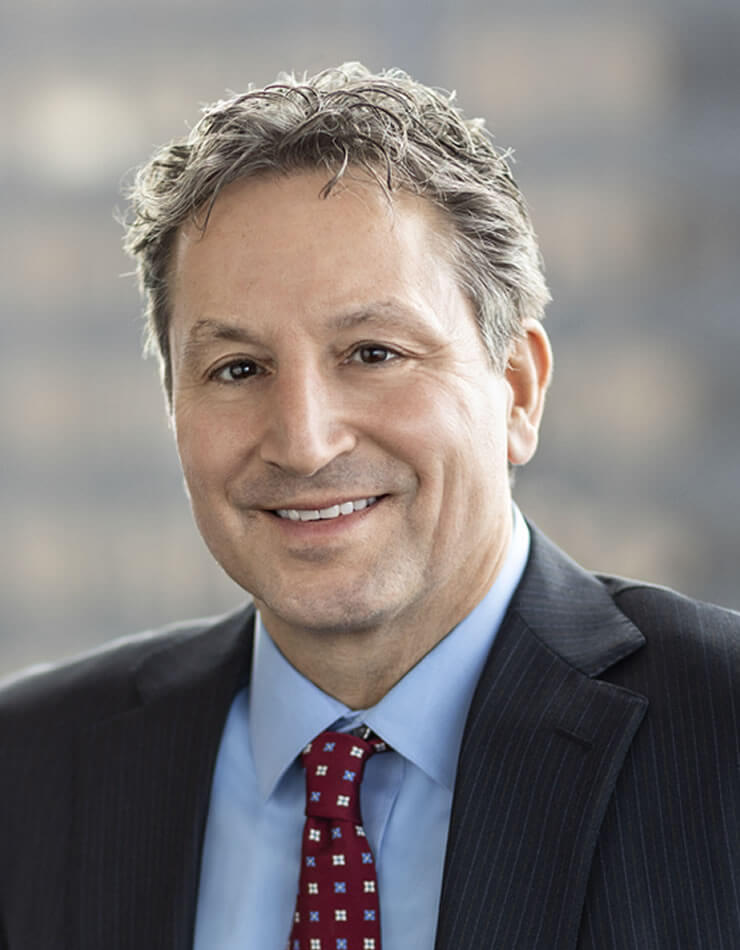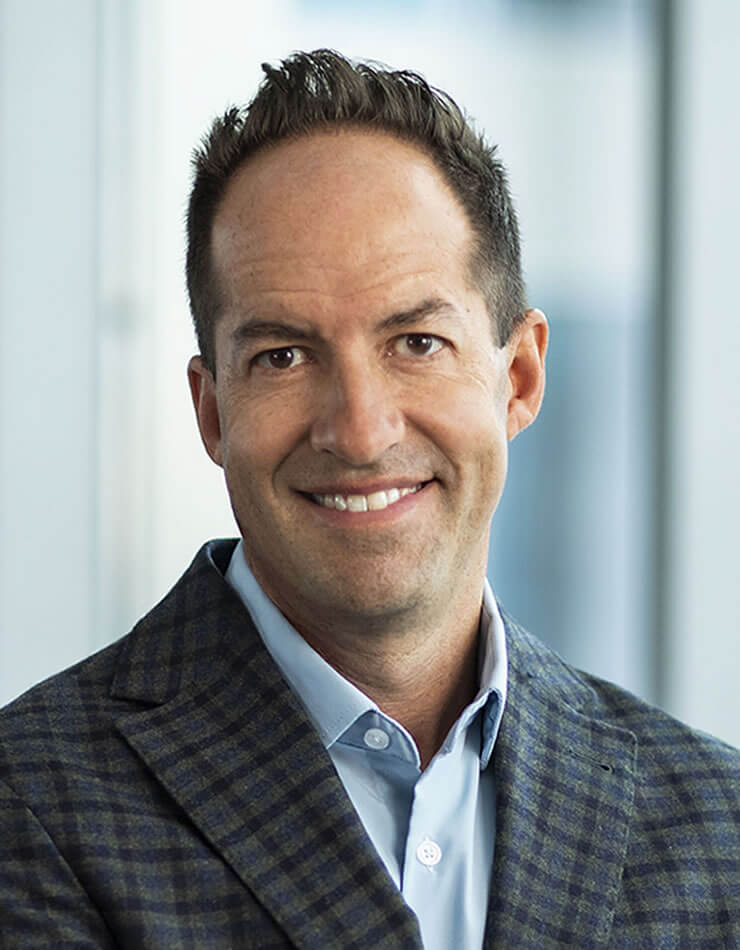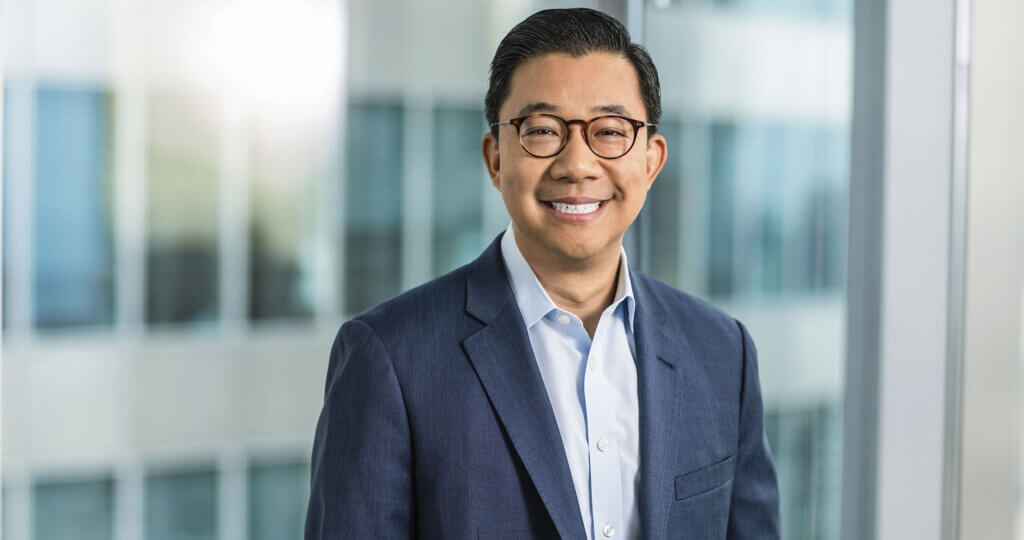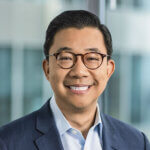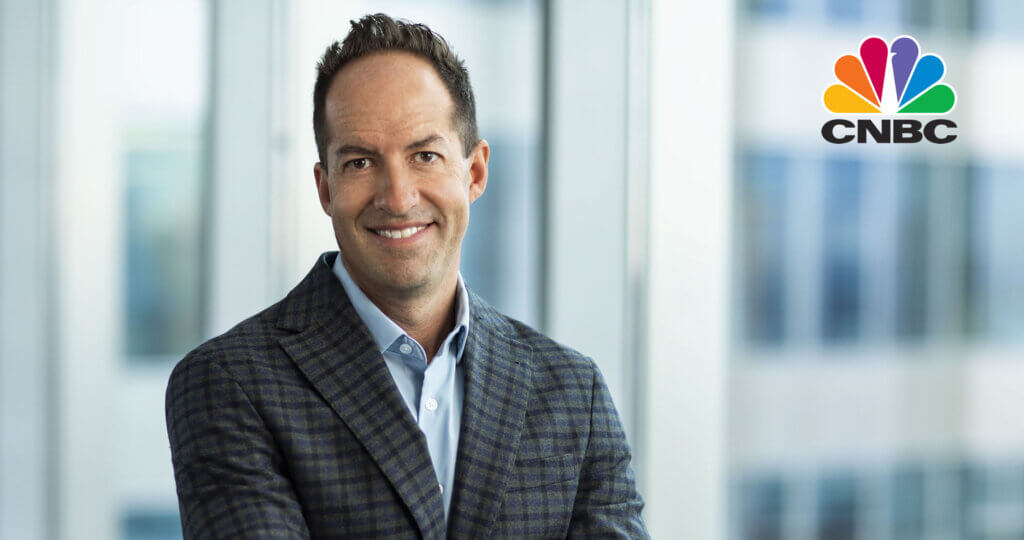Oakmark Global Fund – Investor Class
Average Annual Total Returns 06/30/21
Since Inception 08/04/99 10.50%
10-year 9.52%
5-year 15.04%
1-year 63.65%
3-month 6.48%
Gross Expense Ratio: 1.14%
Net Expense Ratio: 1.12%
Expense ratios are based on estimated amounts for the current fiscal year; actual expenses may vary.
The net expense ratio reflects a contractual advisory fee waiver agreement through January 27, 2022.
Past performance is no guarantee of future results. The performance data quoted represents past performance. Current performance may be lower or higher than the performance data quoted. The investment return and principal value vary so that an investor’s shares when redeemed may be worth more or less than the original cost. To obtain the most recent month-end performance data, view it here.
Sell Discipline
As fundamental value investors, we attempt to understand the intrinsic value per share of prospective investments and then purchase them at meaningful discounts to that value estimate. We seek to narrow our search to companies that persistently grow their intrinsic value per share so that we have both growth and the initial price discount working for us. When the share price of a holding nears our value estimate, we start the process of harvesting this investment. Recently, some academics have argued that an investor should continue to hold onto a successful investment that still enjoys strong share price momentum. After all, the investor has already devoted considerable effort to learning about the holding and will probably be less knowledgeable about its replacement. We admit that we occasionally have sold out of a successful Global Fund holding far too early (Pinterest is a recent example), but we believe that, overall, the evidence supporting the academic argument is really quite mixed.
One way to think about this issue is to observe how the list of the ten-largest market capitalization equities has evolved over time. At the beginning of 1980, nine of these companies were U.S.-domiciled and six were in the energy sector. By 1990, eight of the top ten were Japanese-domiciled and only Exxon remained from the energy sector. In early 2000, only two Japanese companies remained in the top ten and both were gone by 2010. In contrast, 2010 began with four of the top ten companies domiciled in China as well as one each from Australia and Brazil. Finally, the 2021 list holds seven U.S.-domiciled companies, two Chinese and one Taiwanese, and all but Berkshire Hathaway and arguably Tesla (which we categorize in automobile manufacturing) are generally understood to be in the technology sector.
Today, investors appear to believe that technology will continue its domination indefinitely, but as we’ve just highlighted, the historical record suggests that impermanence is the more reasonable expectation. We like our technology holdings, believing that they sell for less than intrinsic value and will continue to grow their value per share. Nevertheless, we also know that millions of very smart people are working hard to dethrone the current market leaders, that the technology regulatory environment is subject to change and that the current leaders can themselves fall prey to the challenges of maintaining such great success. We will, therefore, adhere to our discipline, understanding that it sometimes means we sell too early. While academic thinking may change with the times, we base our investing on a factor that does not change—human nature. As long as human emotion works to cause mispricing of securities, we disciplined value investors have the potential to succeed for our clients.
Quarter Review
The June quarter was the fifth consecutive to generate a strong absolute investment return. Of course, this streak began after the panic downturn in the first quarter of 2020, so the starting point for this streak was distorted downward. The Fund returned 6.5 % during the past quarter, which compares to the MSCI World Index’s 7.7% gain and the Lipper Global Fund Index’s increase of 7.9%. For the first six months of 2021, the returns were 18.2% for the Fund, 13.1% for the MSCI World Index and 11.9% for the Lipper Global Fund Index. Since inception in 1999, the Fund’s compound annual rate of return has been 10.5%, which compares to 6.1% for the MSCI World Index and 6.6% for the Lipper Global Fund Index.
For the quarter, the U.S., U.K. and Germany contributed most to return, largely reflecting that they are also the most heavily weighted countries in the portfolio. Australia, South Africa and Ireland detracted from return in the period. Alphabet (U.S.), Tenet Healthcare (U.S.), Lloyds Banking Group (U.K.), Grupo Televisa (Mexico) and Liberty Broadband (U.S.) contributed most individually. The largest detractors were Incitec Pivot (Australia), Naspers (South Africa), Prudential (U.K.), Fiserv (U.S.) and Booking Holdings (U.S.).
For the calendar six months, the U.S., U.K. and Germany were again the countries that contributed most to return. Switzerland and Ireland detracted from returns in the period. The stocks that contributed most to returns were Alphabet, General Motors (U.S.), Tenet Healthcare, Lloyds Banking Group and Bank of America (U.S.). The issues that detracted most from return were Credit Suisse (Switzerland), Booking Holdings, Mastercard (U.S.), Alibaba Group (China) and Ryanair Holdings (Ireland).
Two Case Studies
We did not initiate any new positions in the Fund during the quarter, although Travis Perkins’ spinoff of Wickes did add to the Fund’s position count. As well, the U.S./international split changed minimally in the period. In lieu of the usual discussion of portfolio changes, we instead will delve more deeply into two long-term holdings, Tenet Healthcare (U.S.) and Incitec Pivot (Australia), which have required our patience as we watch for price and value to come together.
Incitec Pivot suffered the largest price decline during the recent quarter and has been a disappointing investment to date for the Fund. At that time, we were attracted to Incitec’s leading positions in the two most attractive markets for mining explosives and services globally, North America and Australia. We also believed Incitec’s Australian fertilizer business was desirable, even though it had little overlap with the rest of the business.
Unfortunately, the company’s intrinsic value growth has fallen short of our expectations over time because of various factors, both within and outside of management’s control. Dramatic increases in domestic natural gas prices in Australia have raised the cost of production across all of Incitec’s manufacturing footprint in Australia and left its second-most important fertilizer plant in the country potentially uncompetitive long term. The dislocation between the local gas price and fertilizer prices, which are set globally, resulted in a significant profit squeeze. In addition, actions by competitors led to oversupply in the Australian explosives market and aggressive price competition, leading to contract losses in Western Australia and significant financial ramifications. The company has also experienced an unusually high number of production issues at its continuous manufacturing plants. Finally, Incitec took a rather cautious stance with relation to Covid-19 and the anticipated impact on the company’s business and, as a result, it raised A$600 million of equity via a rights offering in May 2020.
Despite this history, we believe that Incitec represents compelling value for Fund shareholders at current prices. It is currently benefiting from a recovery in prices for commodities that it sells, and the oversupply in the Australian explosives industry is abating. In addition, adoption of Incitec’s differentiating blasting and detonator technology is boosting the company’s earnings. Incitec’s CEO Jeanne Johns has named manufacturing reliability a top priority and has made impressive gains at several plants. We believe she also will improve conditions at the recently troublesome Waggaman ammonia plant. Finally, we find Incitec’s current valuation to be rather compelling. We estimate a nearly 8% free cash flow yield this year, despite interim production issues, and expect this yield to reach double-digits in fiscal year 2022.
Tenet Healthcare has also experienced significant challenges during its time in the Fund, most recently in early 2020 when investors feared the impact of Covid-19 on the company’s hospitals and ambulatory care centers. However, management has worked diligently for many years to reposition the company, and with the Covid-19 crisis resolving, these efforts have begun to bear fruit. The share price has rebounded and achieved the leading percentage return in the Fund for the past nine months.
When the Fund first invested in Tenet in 2011, we saw the company as an undervalued turnaround situation, buoyed by solid management and significant asset values. The company owns most of its medical facilities, including the underlying real estate, and similar to many other real estate heavy enterprises, Tenet struggled during the 2008-09 financial crisis. Bad debts at the company’s hospitals also contributed to losses during the time. These temporary troubles gave us the opportunity to establish a position at an attractive price. We identified several ways that the company could increase profit margins and we also anticipated the company would benefit from various governmental health care initiatives. Over the next few years, our thesis began to play out, yet a large acquisition at the time increased debt, added complexity and distracted management. In 2017, new management took over and began to focus the company on ambulatory care centers and, in turn, sold off some of the acute care hospitals. Today, the majority of Tenet’s profits come from faster growing outpatient centers, its profit margins are growing meaningfully and the management team has far more financial flexibility. Although this investment is taking longer to mature than many, the stock currently sells for more than three times the Fund’s average cost and has been a successful holding.
We value investors make no claims regarding how long it will take for one of our investments to mature successfully. Sometimes price and value come together quickly as happened with Pinterest last year. Other times it takes much longer. If our reasons to own a company remain valid, management is aligned with shareholder interests and the valuation is attractive, we can patiently wait for price and value to come together. During the time that we own shares of a company, we regularly ask ourselves whether we would purchase the shares again if it were a new idea. With Incitec and Tenet, our answer continues to be “yes.”
Geographic Breakdown
We defensively hedge a portion of the Fund’s exposure to currencies that we believe to be overvalued versus the U.S. dollar. As of quarter end, we found the Swiss franc to be overvalued and have hedged approximately 13% of the Fund’s franc exposure.
Geographically, we ended the quarter with 48% of the portfolio in the U.S., 42 % in the U.K. and Europe, and 5% in Asia. The remaining positions are 3% in South Africa, 2% in Australia and 1% in Latin America (Mexico).
We thank you for being our partners in the Oakmark Global Fund. We invite you to send us your comments or questions.
The securities mentioned above comprise the following percentages of the Oakmark Global Fund’s total net assets as of 06/30/21: Alibaba Group 1.2%, Alphabet Cl A 6.4%, Bank of America 3.9%, Berkshire Hathaway 0%, Booking Holdings 1.0%, Credit Suisse Group 4.5%, Credit Suisse Series A 0.2%, Credit Suisse Series B 144A 0.2%, Exxon 0%, Fiserv 1.0%, General Motors 4.6%, Grupo Televisa ADR 1.1%, Incitec Pivot 1.6%, Liberty Broadband Cl C 2.6%, Lloyds Banking Group 4.7%, Mastercard Cl A 1.8%, Naspers 3.0%, Pinterest 0%, Prudential 1.1%, Ryanair Holdings 0.1%, Ryanair Holdings ADR 1.0%, Tenet Healthcare 3.1%, Tesla 0%, Travis Perkins 1.3% and Wickes Group 0.0%. Portfolio holdings are subject to change without notice and are not intended as recommendations of individual stocks.
Access the full list of holdings for the Oakmark Global Fund as of the most recent quarter-end.
The MSCI World Index (Net) is a free float-adjusted, market capitalization-weighted index that is designed to measure the global equity market performance of developed markets. The index covers approximately 85% of the free float-adjusted market capitalization in each country. This benchmark calculates reinvested dividends net of withholding taxes. This index is unmanaged and investors cannot invest directly in this index.
The Lipper Global Fund Index measures the equal-weighted performance of the 30 largest global equity funds as defined by Lipper. This index is unmanaged and investors cannot invest directly in this index.
The Fund’s portfolio tends to be invested in a relatively small number of stocks. As a result, the appreciation or depreciation of any one security held by the Fund will have a greater impact on the Fund’s net asset value than it would if the Fund invested in a larger number of securities. Although that strategy has the potential to generate attractive returns over time, it also increases the Fund’s volatility.
Investing in foreign securities presents risks that in some ways may be greater than in U.S. investments. Those risks include: currency fluctuation; different regulation, accounting standards, trading practices and levels of available information; generally higher transaction costs; and political risks.
The compound return is the rate of return, usually expressed as a percentage that represents the cumulative effect that a series of gains or losses has on an original amount of capital over a period of time. Compound returns are usually expressed in annual terms, meaning that the percentage number that is reported represents the annualized rate at which capital has compounded over time.
The percentages of hedge exposure of each foreign currency are calculated by dividing the market value of all same-currency forward contracts by the market value of the underlying equity exposure to that currency.
The information, data, analyses, and opinions presented herein (including current investment themes, the portfolio managers’ research and investment process, and portfolio characteristics) are for informational purposes only and represent the investments and views of the portfolio managers and Harris Associates L.P. as of the date written and are subject to change and may change based on market and other conditions and without notice. This content is not a recommendation of or an offer to buy or sell a security and is not warranted to be correct, complete or accurate.
Certain comments herein are based on current expectations and are considered “forward-looking statements”. These forward looking statements reflect assumptions and analyses made by the portfolio managers and Harris Associates L.P. based on their experience and perception of historical trends, current conditions, expected future developments, and other factors they believe are relevant. Actual future results are subject to a number of investment and other risks and may prove to be different from expectations. Readers are cautioned not to place undue reliance on the forward-looking statements.
All information provided is as of 06/30/2021 unless otherwise specified.
